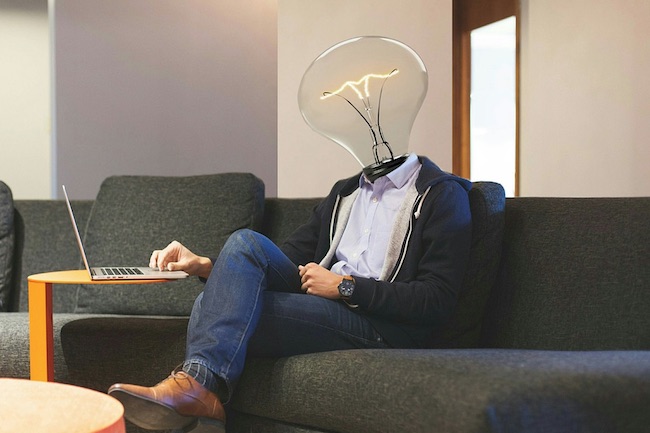Is Technology Stealing Your Eyesight? from Dr Joseph Mercola – SubStack
An epidemic of myopia, or nearsightedness, is occurring at younger ages. Too much screentime and not enough time outdoors have been pinpointed as the likely culprits.
STORY AT-A-GLANCE
- The way technology has infiltrated our lives, in many cases from morning until well into the night, has dramatically changed the way humans use their eyes in just a short blip of time
- The prevalence of myopia (nearsightedness) has increased in recent decades, especially in East Asia, and the numbers are expected to get worse in the next 50 years
- For some populations in Asia, especially university students, myopia prevalence is over 90%
- When a person is nearsighted, their eyeballs become elongated, an anatomical change that’s irreversible and increases the risk of serious vision problems, including blindness
- Home confinement due to the COVID-19 pandemic was associated with worsening myopia in children
- No treatments are capable of curing myopia; prevention is a better option, and spending more time outdoors — and far less time on screens — is key, especially for children
Myopia, or nearsightedness, causes faraway objects to appear blurry while close-up objects look clear. One of the greatest risk factors for myopia is having a parent who also suffers from this vision problem.1 As such, it’s long been considered a primarily genetic condition — until recently.
Speaking with The Atlantic, Dr. Marina Su, a New York City optometrist, noticed that more children in her practice had declining vision, even though their parents’ vision was perfect. “If it’s only genetics, then why are these kids also getting myopic?” she said.2 Myopia is on the rise worldwide — not just in New York City — and there’s debate over what’s driving the change.
A frontrunner is the theory that technology — particularly staring at screens all day — is the culprit, leading to problems with vision at younger and younger ages, which could lead to “an epidemic of blindness that’s decades down the road,” according to Dr. Michael Repka, an ophthalmology professor at Johns Hopkins University.3
An Epidemic of Myopia
The prevalence of myopia has increased in recent decades, especially in East Asia, and the numbers are expected to get worse in the next 50 years. In 2019, the American Academy of Ophthalmology (AAO) established the Task Force on Myopia to address the “substantial global increases in myopia prevalence and its associated complications.”4
In a report from the Task Force, it’s stated that the prevalence of myopia is expected to grow from 1,406 million people, or 22.9% of the population, in 2000 to 4,758 million people — 49.8% of the population, in 2050.5 Severe nearsightedness, known as high myopia, is also expected to rise, from 163 million people (2.7% of the population) in 2000 to 938 million people (9.8% of the population) in 2050.6
For some populations in Asia, especially university students, myopia prevalence is over 90%.7 Among young adults in East and Southeast Asia, 80% to 90% have myopia and 10% to 20% have high myopia. The tendency to study long hours and perform “near work” with the eyes has long been linked to poor eyesight.8 According to The Atlantic:9




